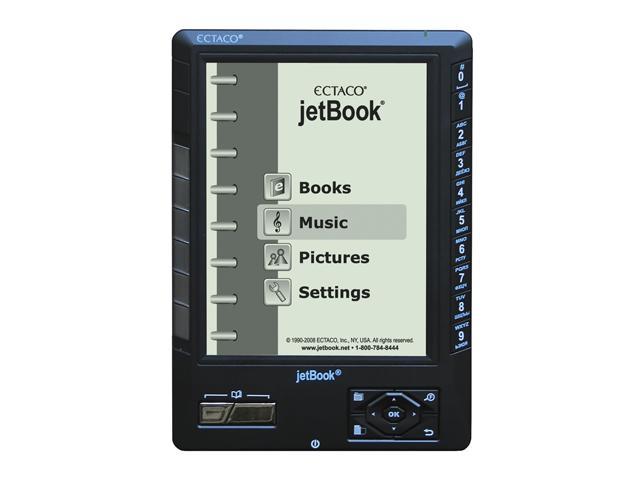 Here are some more details and discussion on the Plastic Logic electronic reading device announced a while back from the future of things blog.
Here are some more details and discussion on the Plastic Logic electronic reading device announced a while back from the future of things blog.Previous posts of mine regarding Plastic Logic's work include (in chronological order, from oldest to newest):-
- Flexible Display Design Concepts - contest
- Plastic Logic announces...something
- More Plastic Logic news from DemoFall show
For example, Hearst was an early investor and hasn't been active or sayign anything about the E-Ink, E-paper or E-Newspaper space for years now and the writer doesn't offer any news from them.
It mostly serves as a reminder that this device has been announced and hence should be coming soon, although we've been saying that about the Polymer Vision Readius (see previous posts here and here or search for Readius in the search box at the top left of this page) for almost two years now and I still can't hope or request it as a Chrismas stocking filler.
If the larger size of the Plastic Logic reader suits your application and where/how you think you will use and carry an electronic reader, then it sure is pretty!





